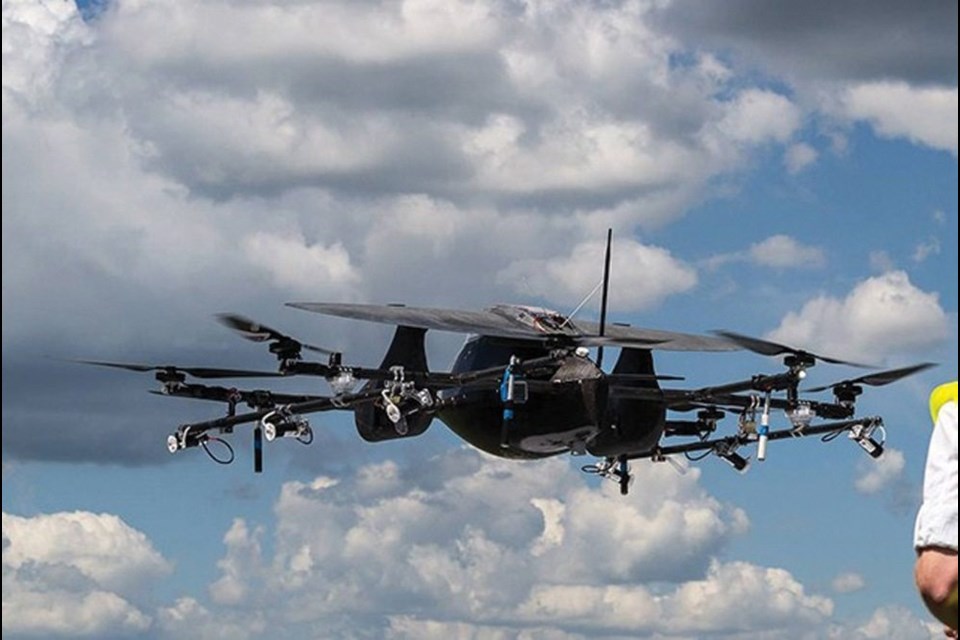The use of drones in agriculture seems to gain a little more momentum every season. So far, the jobs they’ve been put to include taking NDVI images and crop scouting, among others. But one Manitoba entrepreneur thinks even with comparatively small payload capacity aerial spraying may be a good fit for the technology.
Don Campbell, owner of ROGA Drone, says his start-up company will be heavily engaged in research and testing this coming season to evaluate the overall viability of drone spraying, with a view to becoming the first custom aerial applicator on the prairies to exclusively employ the small aircraft.
“This year I see a lot of testing and a lot of demos,” he told Grainews. “I’m sure there’ll be chemicals we have issues with and a lot that work really well. We’re doing some work with a couple of chemical companies that are willing to share their results. We’re going to do some side-by-side [testing] with some farmers to get some evaluation there as well.”
Because tank capacity on drones is very limited, applications rely on ultra-low water volume mixes. And that may make them a perfect fit for pesticide applications, especially in mosquito abatement programs.
But the very low water volumes don’t necessarily rule out their use in applying herbicides and fungicides, according to Campbell.
“We did a joint application with PAMI for funding on some joint fungicide applications,” he said. “For herbicides, we’re going to be doing a bit of testing this summer. Because it’s ultra low volume applications, you have to be cautious there with drift.”
About the drone
The drone Campbell has chosen for his company is a unique hybrid type made by Kray that uses both rotary props and a fixed wing to improve payload capacity. It carries a 16.5-foot boom underneath it. The downwash from the rotors helps push the spray down into the crop canopy, which helps reduce drift.
“We’re relying on some of the downwash from props to get it to settle down,” he added. “They[Kray] patented a rotary nozzle for drones that gives a pretty uniform droplet size.”
With its speed and use of ultra-low water volume spray mixes, Campbell thinks the Kray drone is capable of handling some full-field spraying jobs, not just spot applications.
“We’re spraying at 60 m.p.h. with a 16-½ foot boom, so we can cover a lot of acres,” he said. “Depending on your label rate, you could probably do 40 to 50 acres per hour.”
But before beginning commercial operations, he will wait until testing and evaluation are complete to establish where the drone is capable of matching other application methods.




